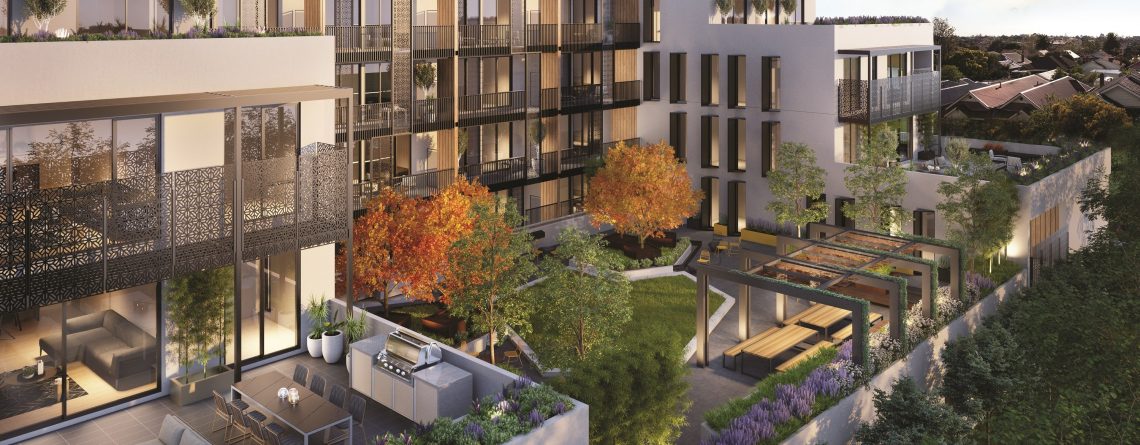Will the Coronavirus Create More Renters?
 This pandemic-caused global downturn we’re currently slogging our way through is the latest economic scar on the psyche of the Millennial generation that may convince them to remain renters long after COVID-19 is a chapter in the history books.
This pandemic-caused global downturn we’re currently slogging our way through is the latest economic scar on the psyche of the Millennial generation that may convince them to remain renters long after COVID-19 is a chapter in the history books.
As masks have become the new norm as we venture out of our homes in the pandemic, will renting remain the old norm for Millennials? Most in this age group were still children in the dot-com crash at the turn of the century, and most were living at home when terrorists struck on 9/11. They have experienced the economic fallout of both incidents vicariously through the lives of their parents.
This cohort was largely in the workforce by the time the credit crunch hit in 2009 and the Great Recession began. Those scars remain and were still on Millennials’ minds even during a time of record low unemployment in the U.S. And now comes along this pandemic that wasn’t on the radar and creates all sorts of uncertainty.
It all amounts to a relatively consistent series of substantial economic blows against a large group of people trying to build some sort of economic stability, net worth, and future.
Homebuying may very well be out the window for an entire generation. They either can’t afford it or are scarred emotionally and won’t buy a home.
This latest economic free fall will likely keep people in the renter pool much longer because the idea of strapping yourself with mortgage payments and lack of flexibility in an uncertain world just gets harder and harder to justify every time we have an economic downturn.
As the ramifications of the coronavirus pandemic are still being assessed, many see long-term implications for the commercial real estate industry, especially for multifamily.
We are all holding our breath that multifamily is truly “recession-proof” – and it may very well be. But is multifamily “Pandemic-Proof?” Is anything??
A short-term headwind for multifamily could be the continued slowdown of household creation amid more people moving back in with their families or seeking roommates due to financial challenges of sheltering in place.
These challenges will likely dissolve once the economy is returned to full functionality and the health crisis is over, but with no clear timetable, it is important for apartment owners and investors to be cognizant of the obstacles they will face.
That said, there was widespread angst that landlords would see a deluge of missed rental payments in April, a scenario that has largely not happened,
We have seen vast majority of residents paying their rent this month. There appears to be motivation among renters to keep their apartments during the pandemic and what assistance they get often goes to pay rent.
Some apartment landlords are attempting to aid tenants with rent as they lost jobs and are living paycheck to paycheck. In times of crisis and uncertainty, most of my conversations with apartment owners have centered around hopefulness and keeping people in their apartments.
Leading up to the pandemic, the nation’s apartment industry was on relatively strong footing. Rents were projected to rise 2.4% in 2020, according to a CBRE report issued prior to the pandemic.
As of March 30, the average two-bedroom rent across the nation was $1,197/month, a nearly 2% increase from the previous year. Some of the nation’s most populated states had the highest average rents, including New York at $1,542/month, Washington, D.C., at $1,744/month and California at $1,858/month, the highest in the nation.
Those numbers may not last with this pandemic-driven downturn, particularly if predictions of white-collar job layoffs will increase in the coming months are correct.
Even if rents are flat or realize a slight decrease over the next several months, I foresee bigger problems for home builders and the residential real estate market than problems for multifamily.
If this turns out to be more of a “U-shaped” recovery than a “V-shaped” one, fewer individuals are going to be willing to take on the obligation of a mortgage and burden of home ownership. That means there will be more renters and a more rapid stabilization of rental income for multifamily investors and owners.
Despite a relatively uncertain world as a result of COVID-19 and the possibility of some challenges in forthcoming months for multifamily real estate, I remain optimistic and bullish that multifamily real estate will continue to viable and profitable investment.





